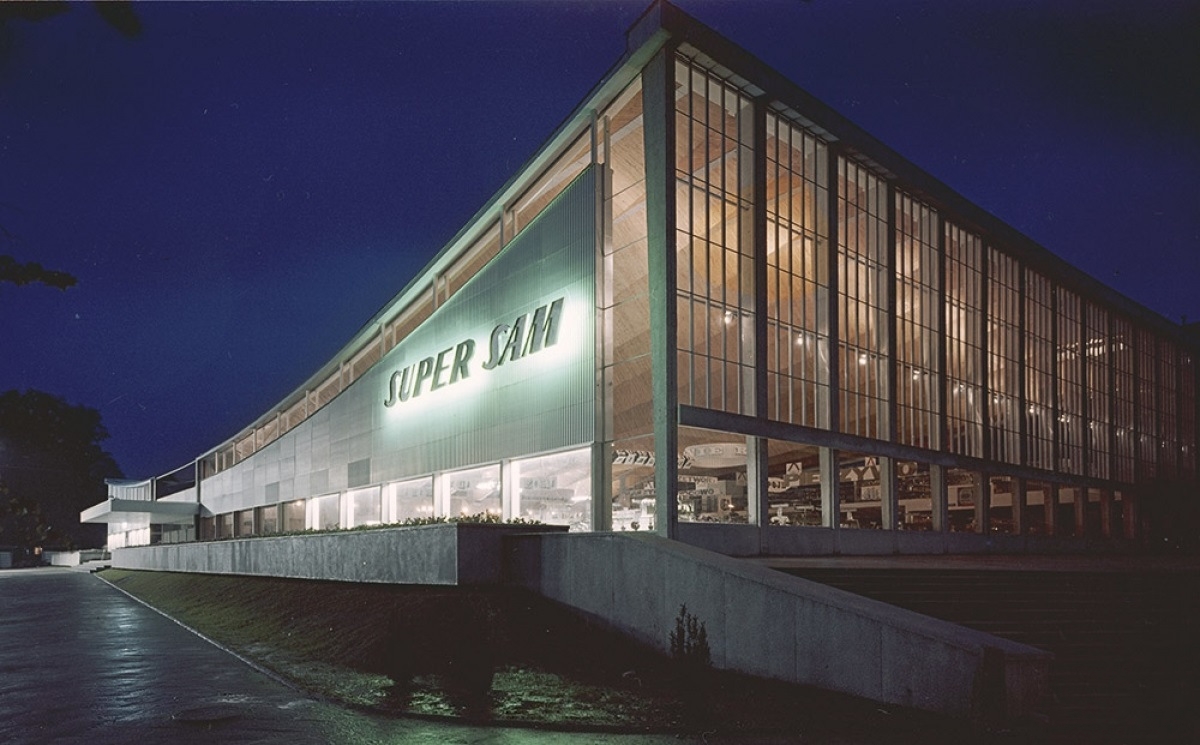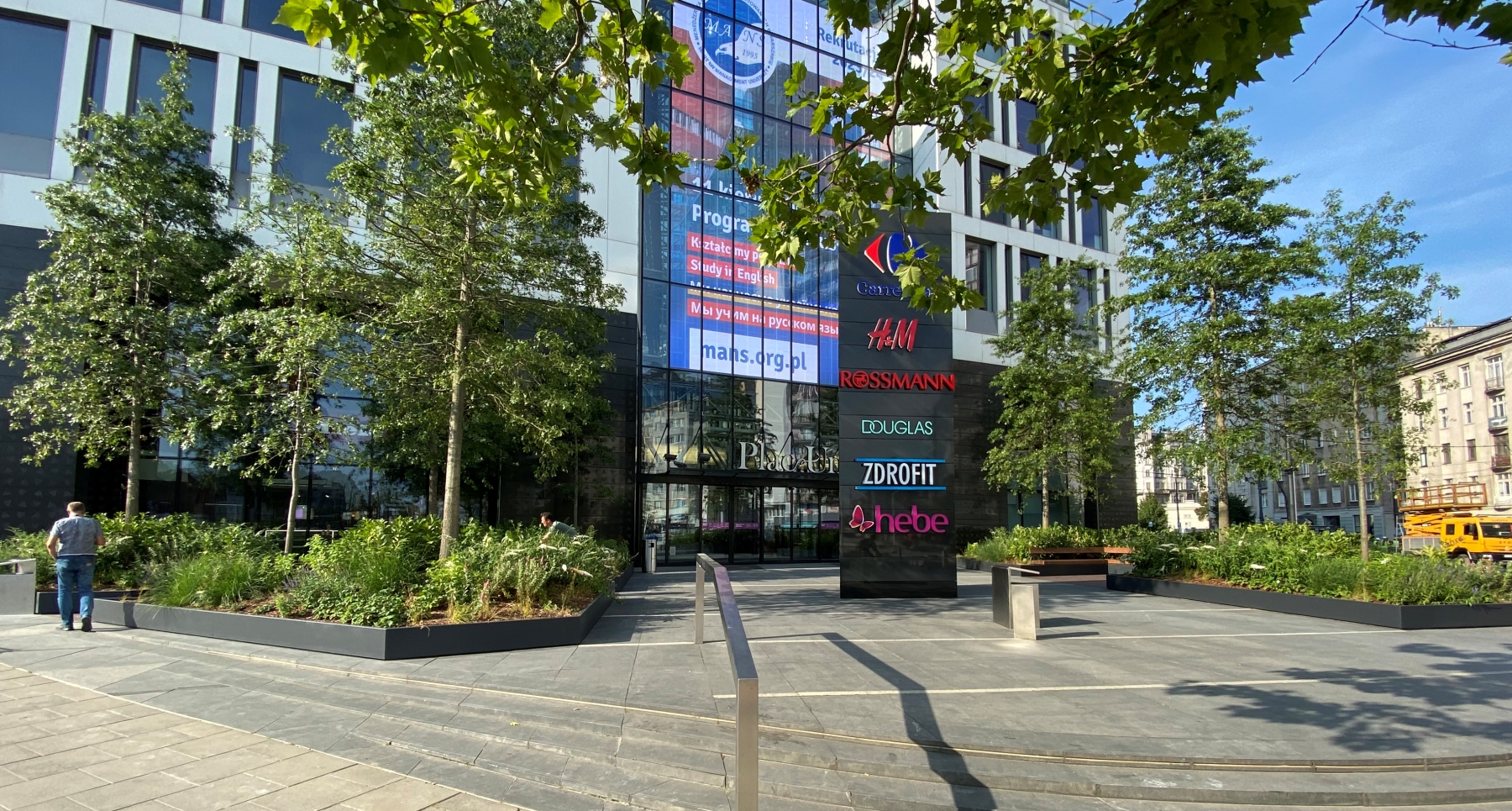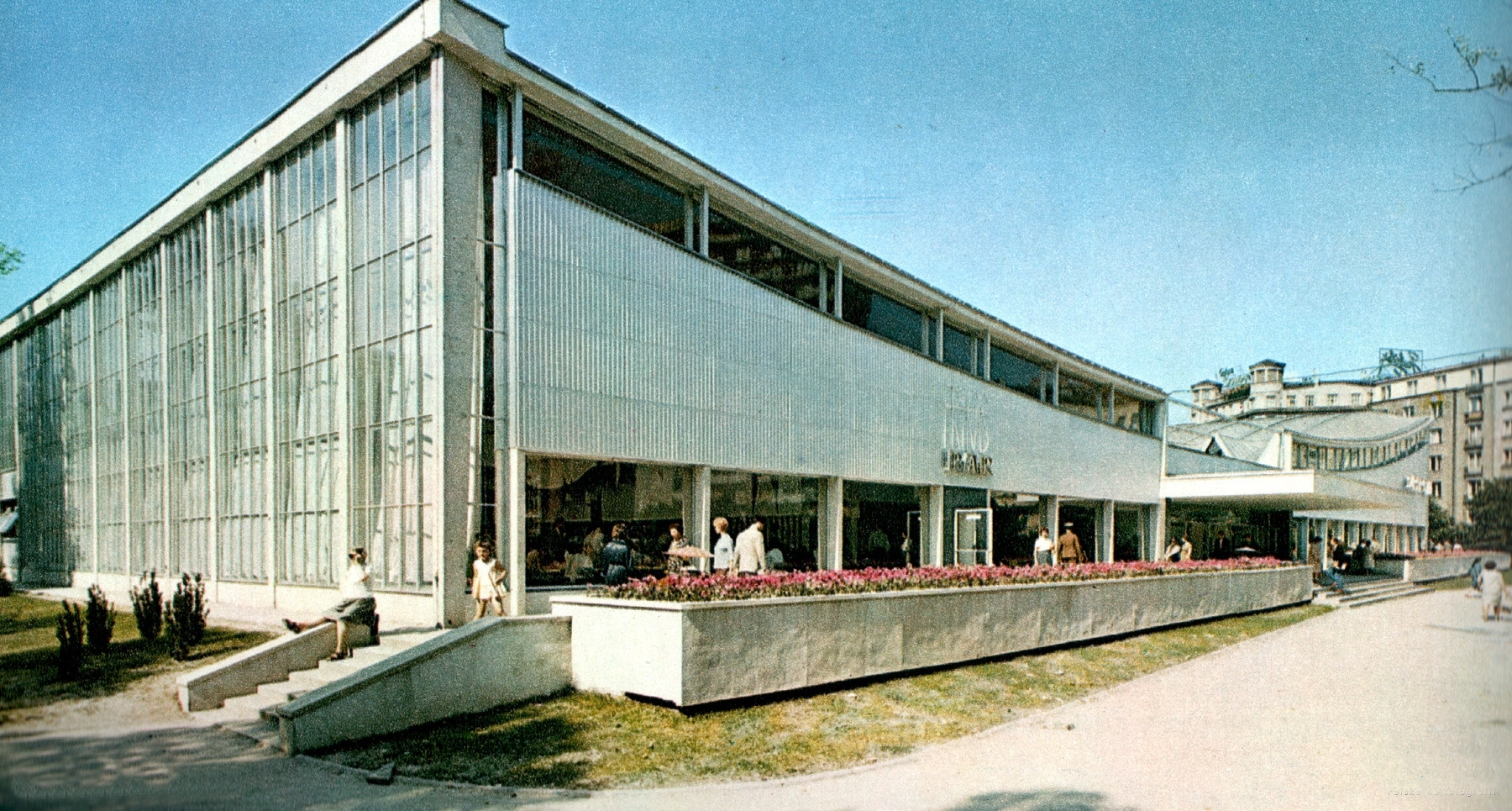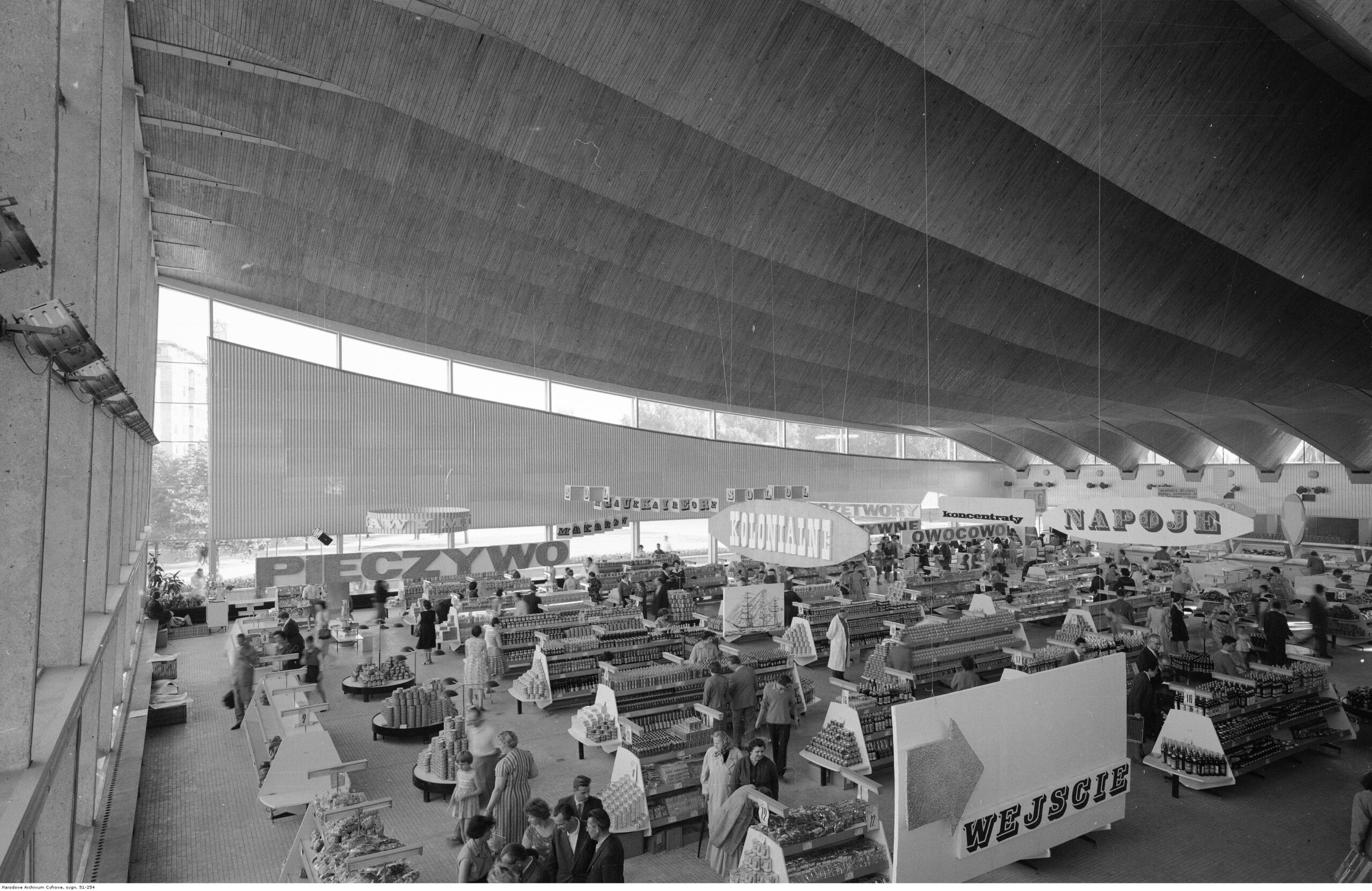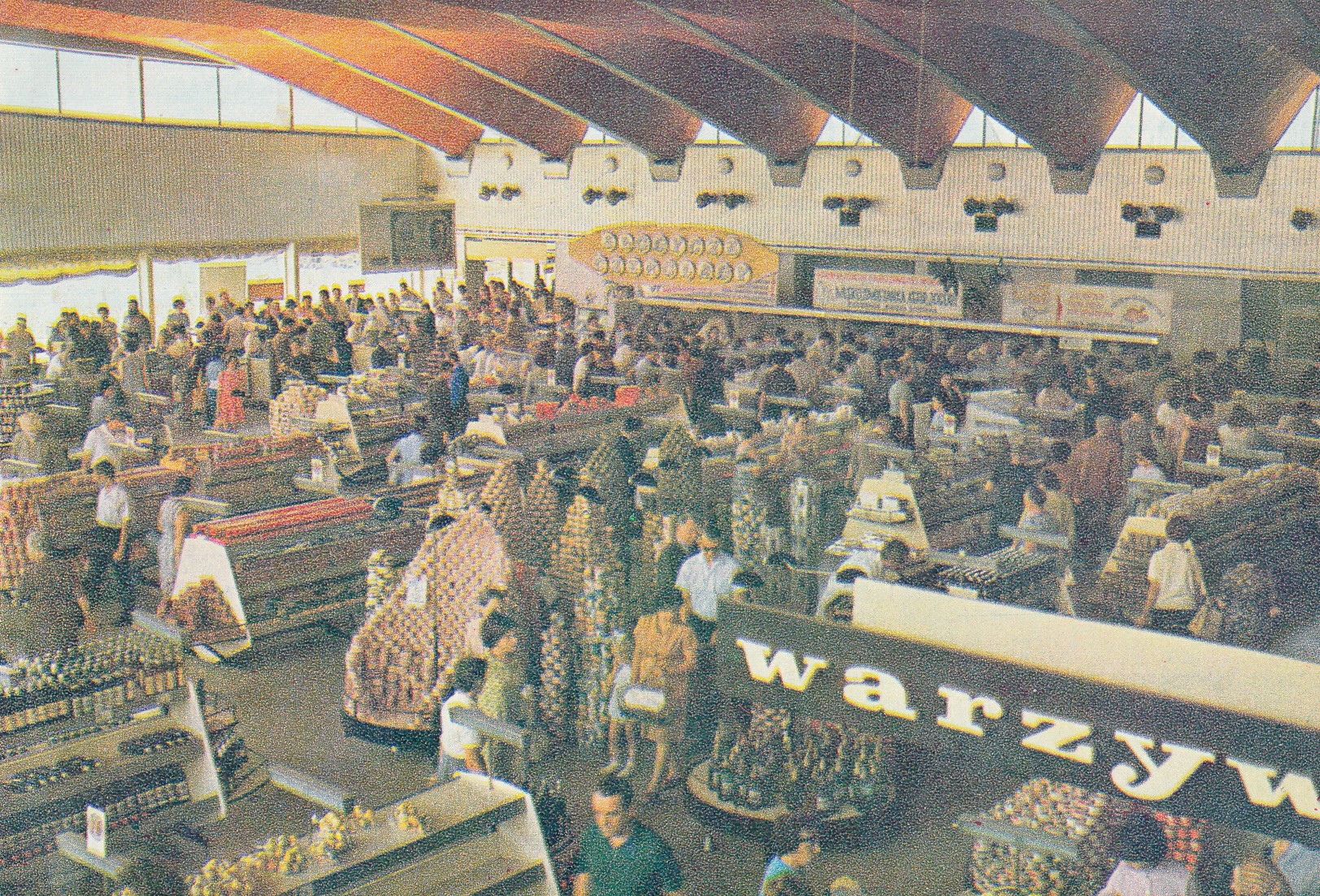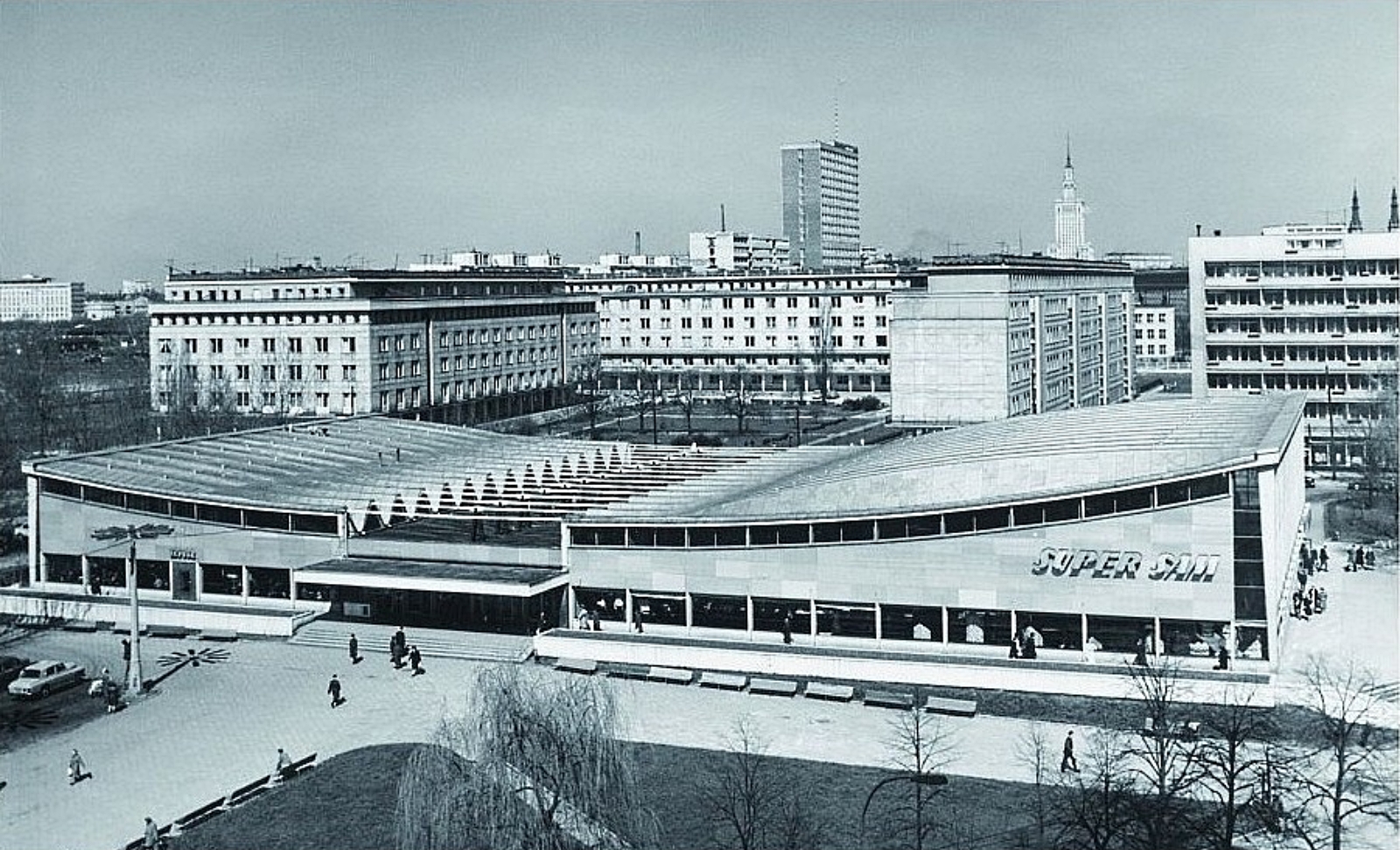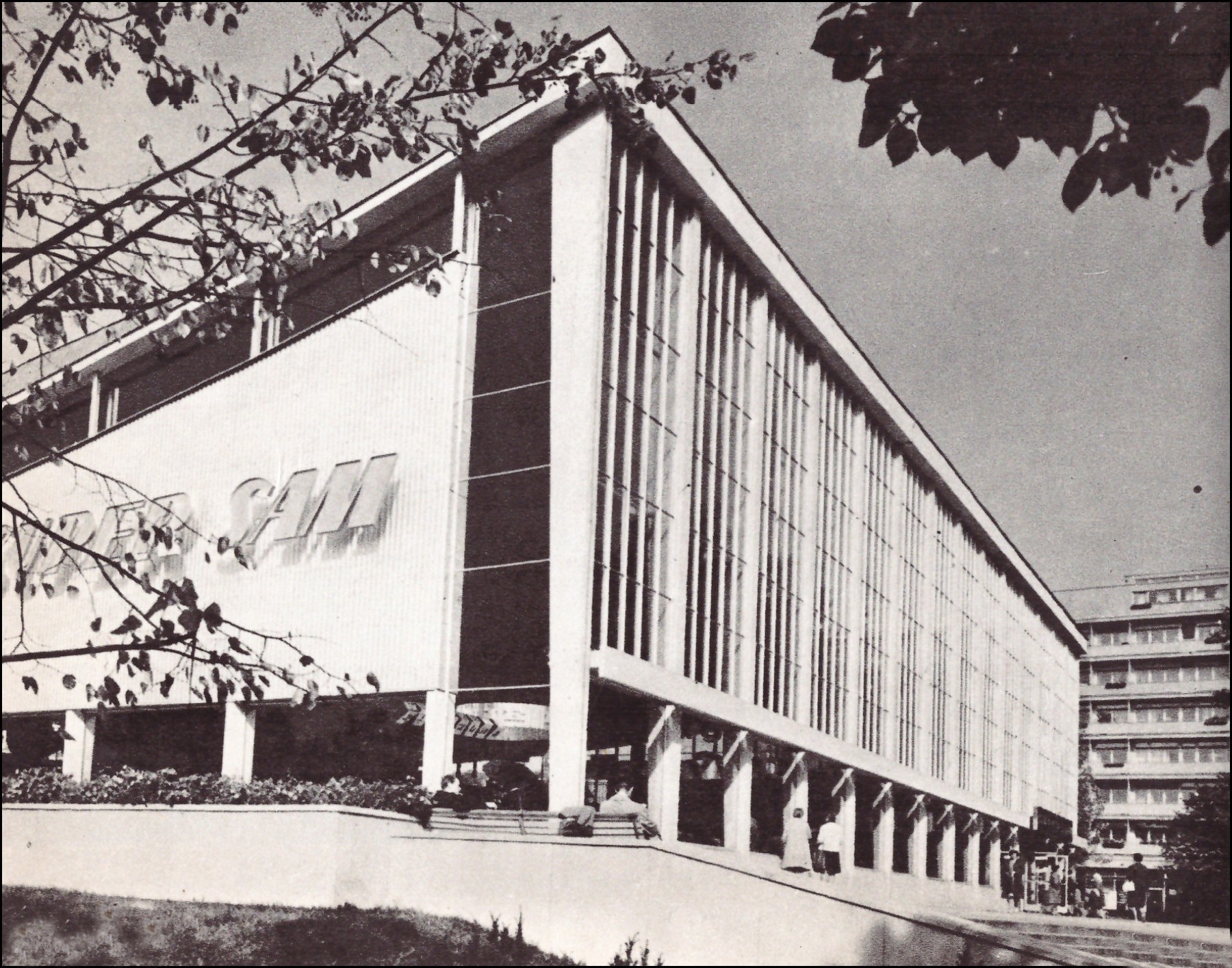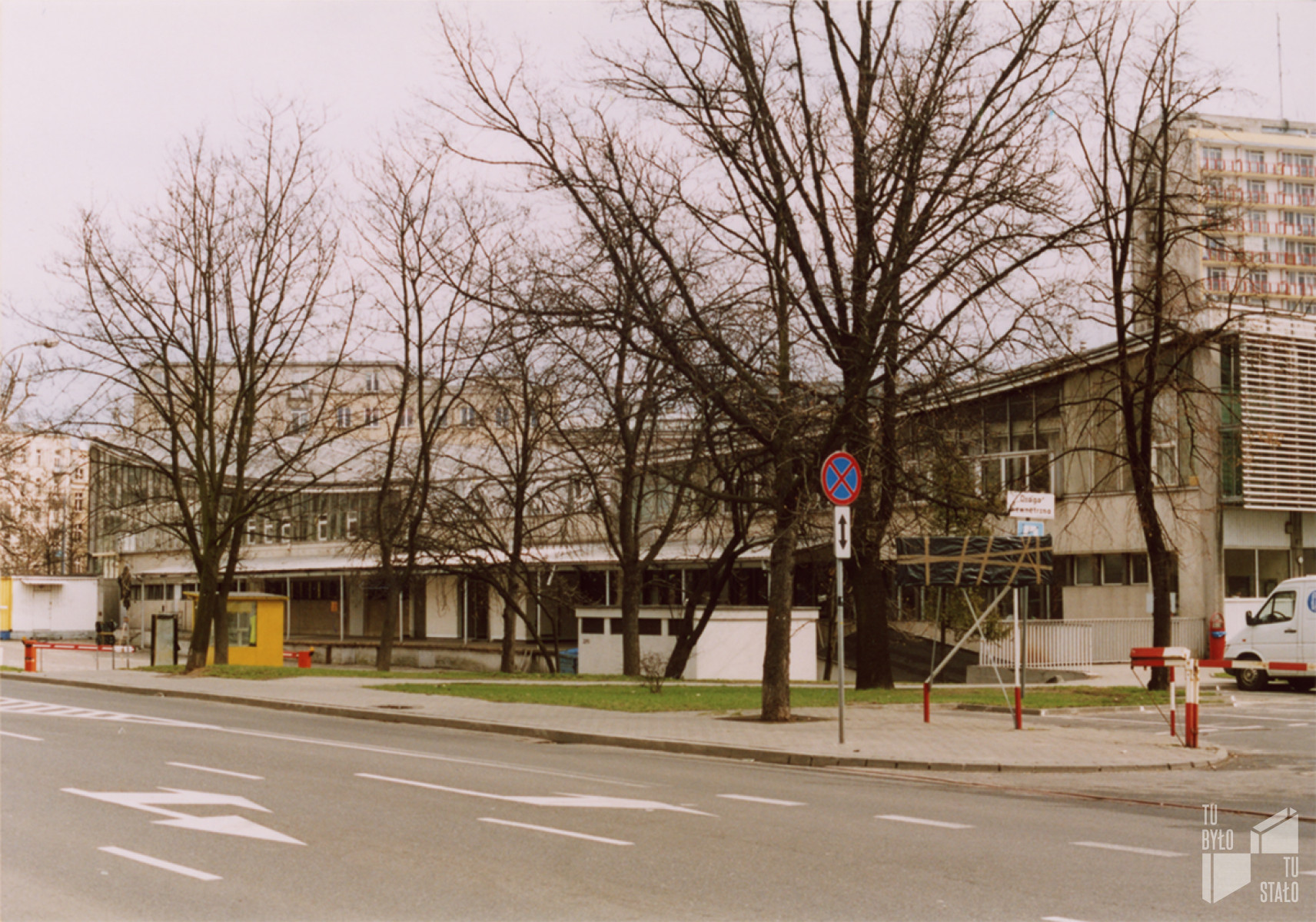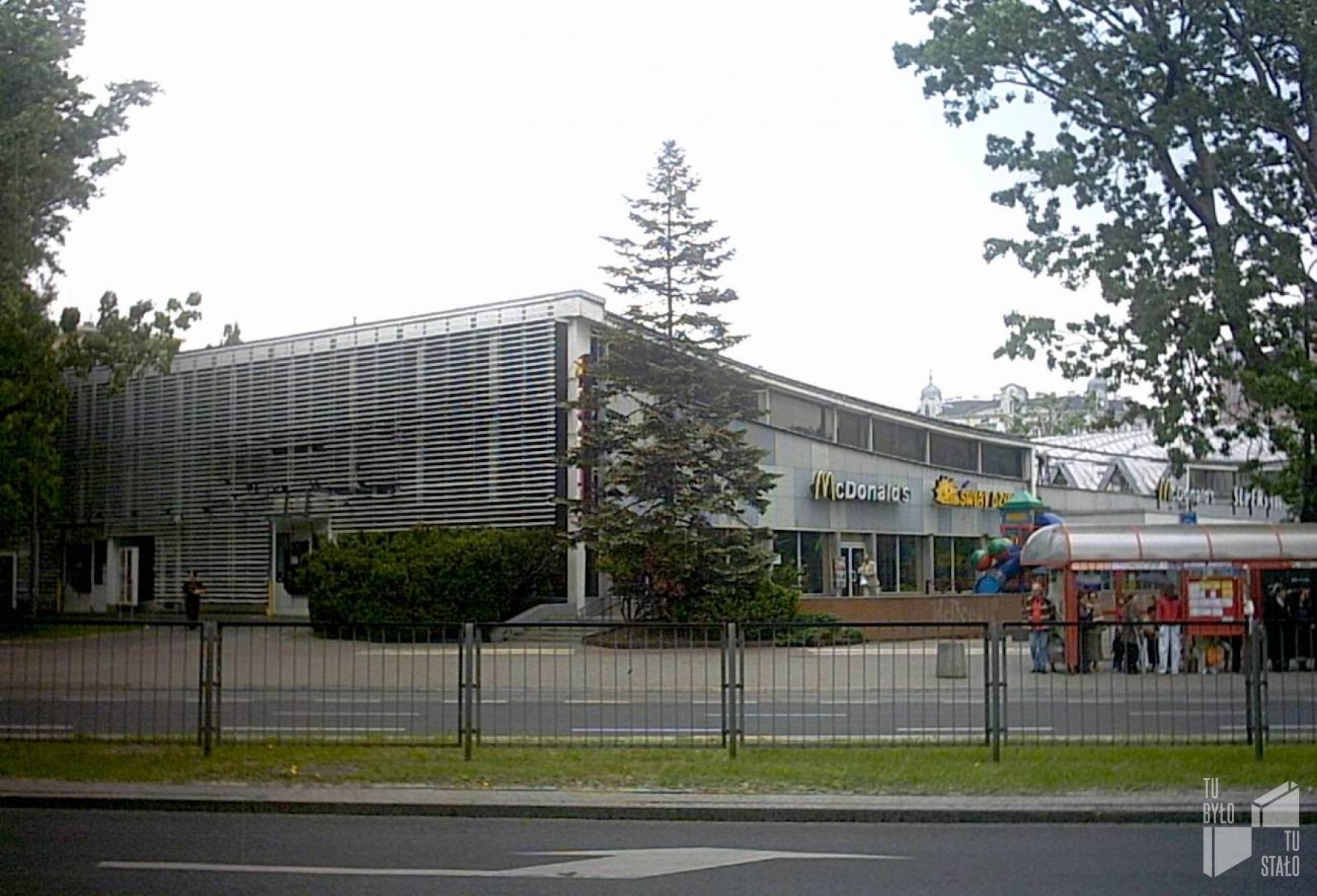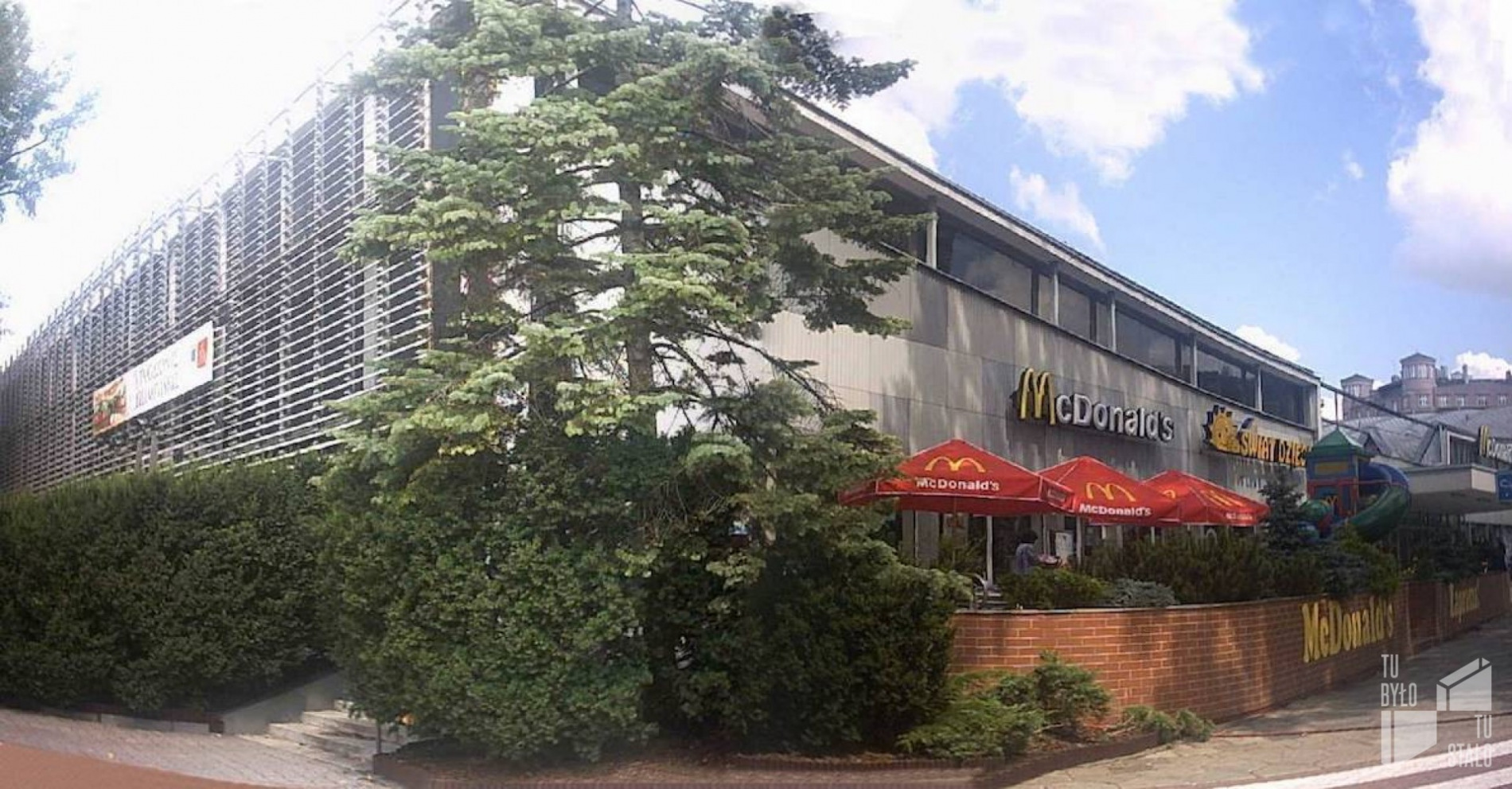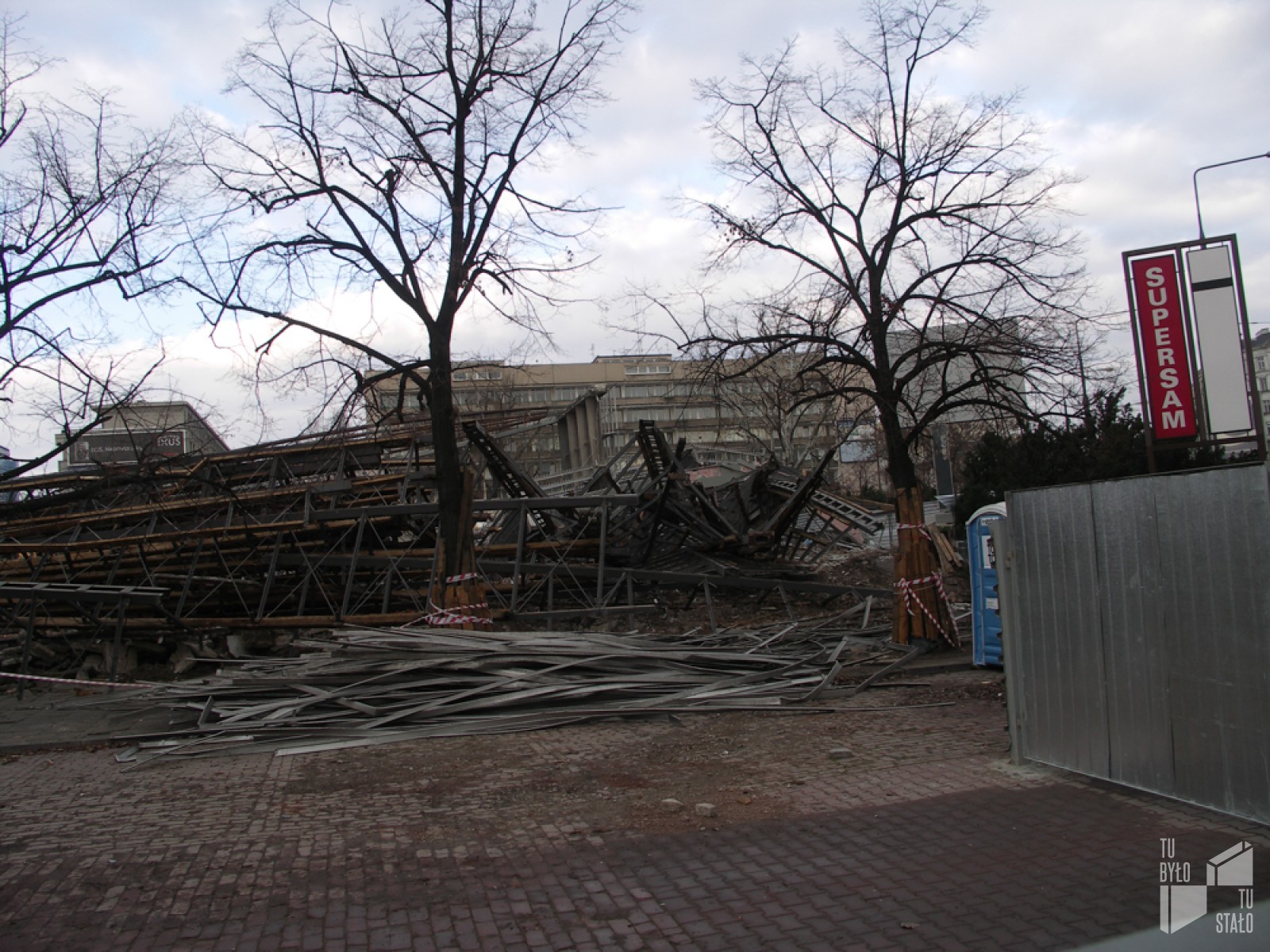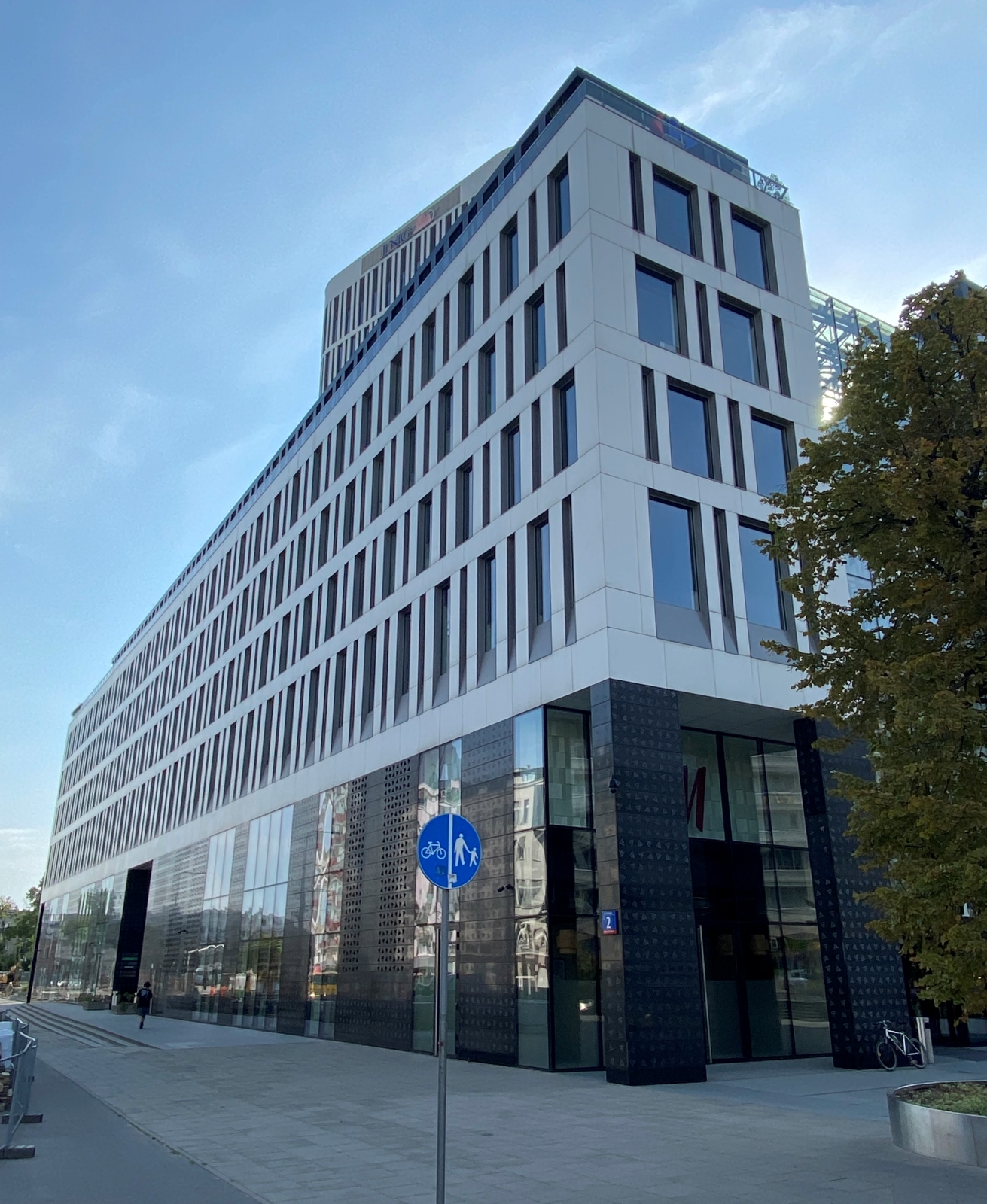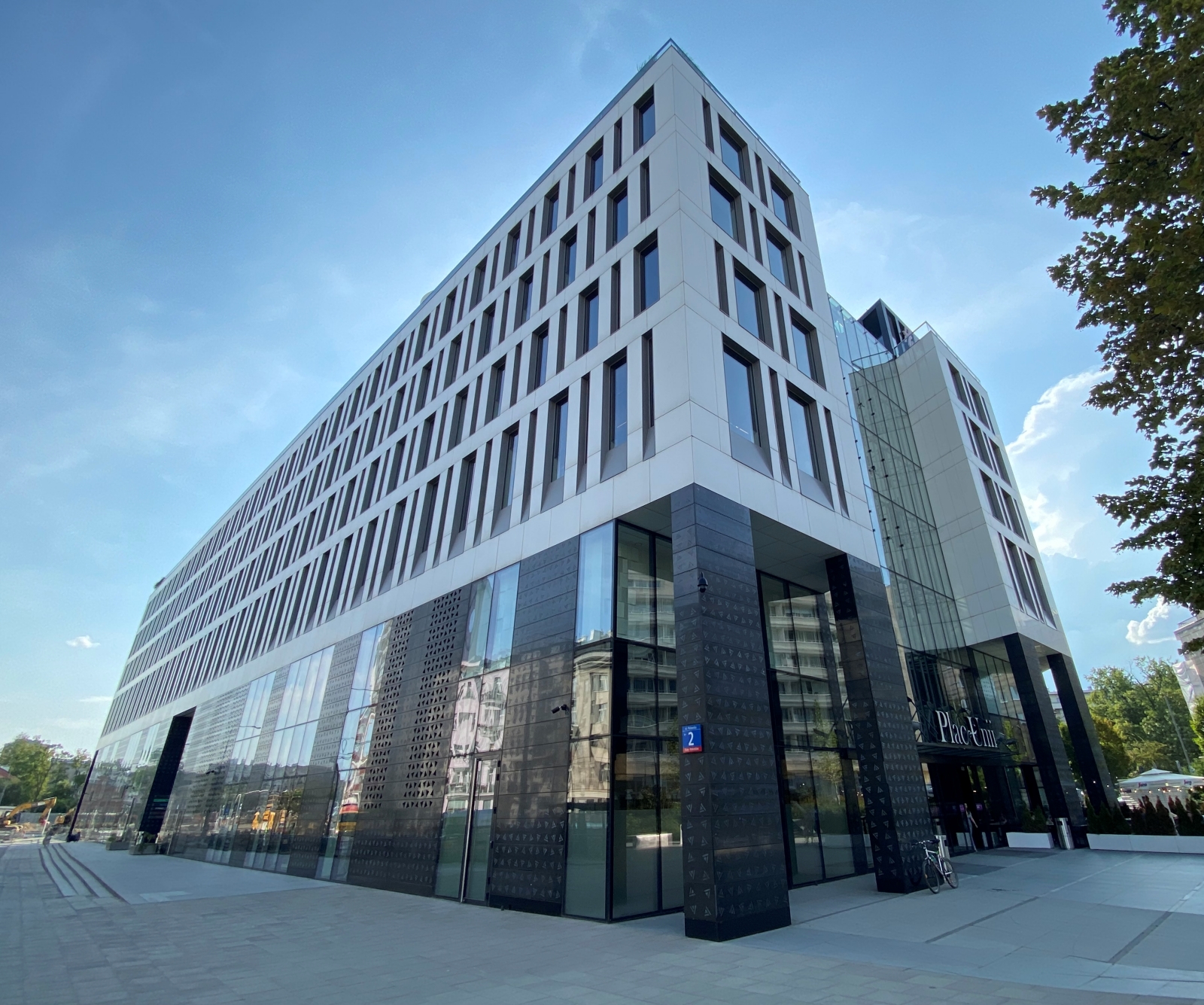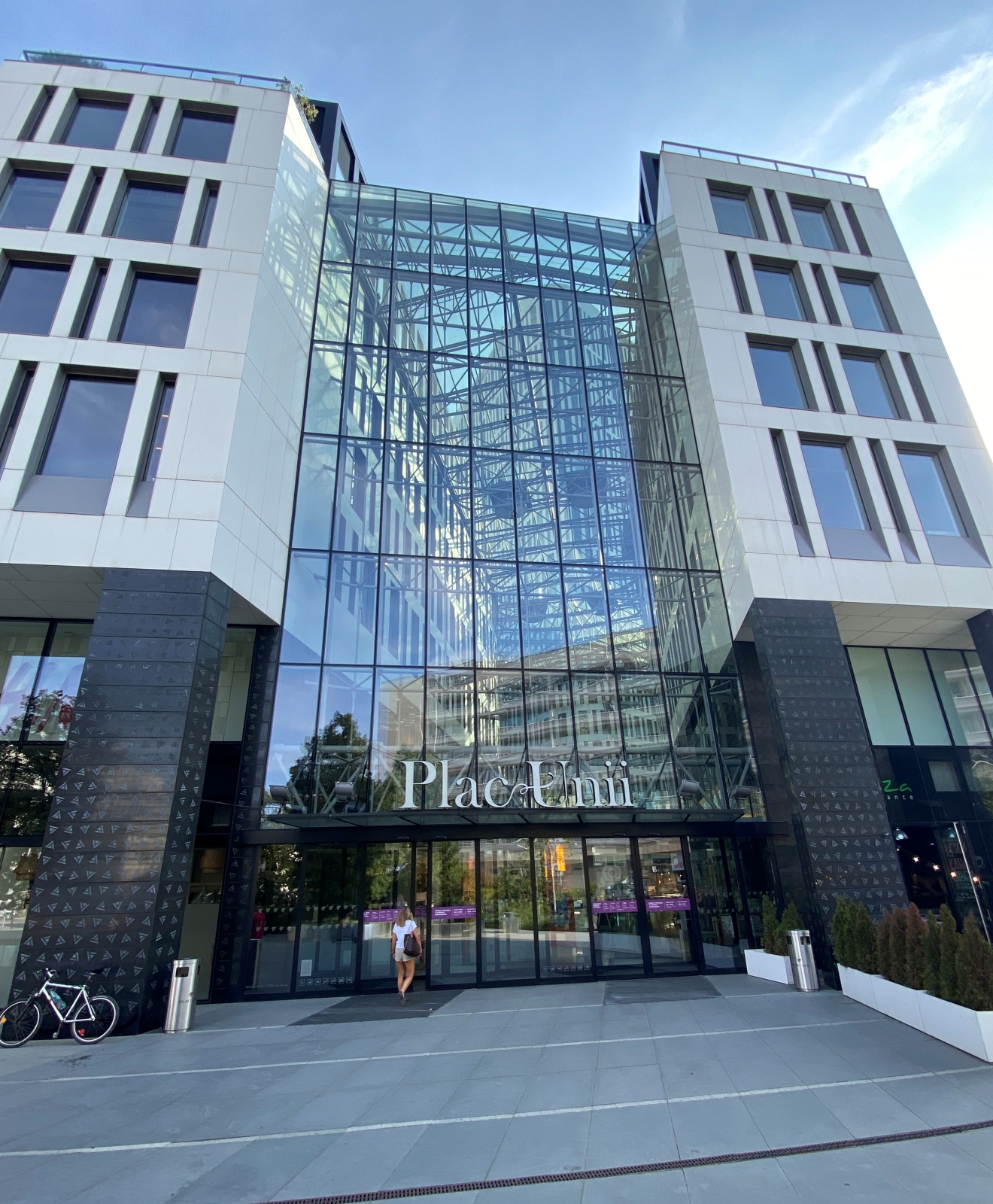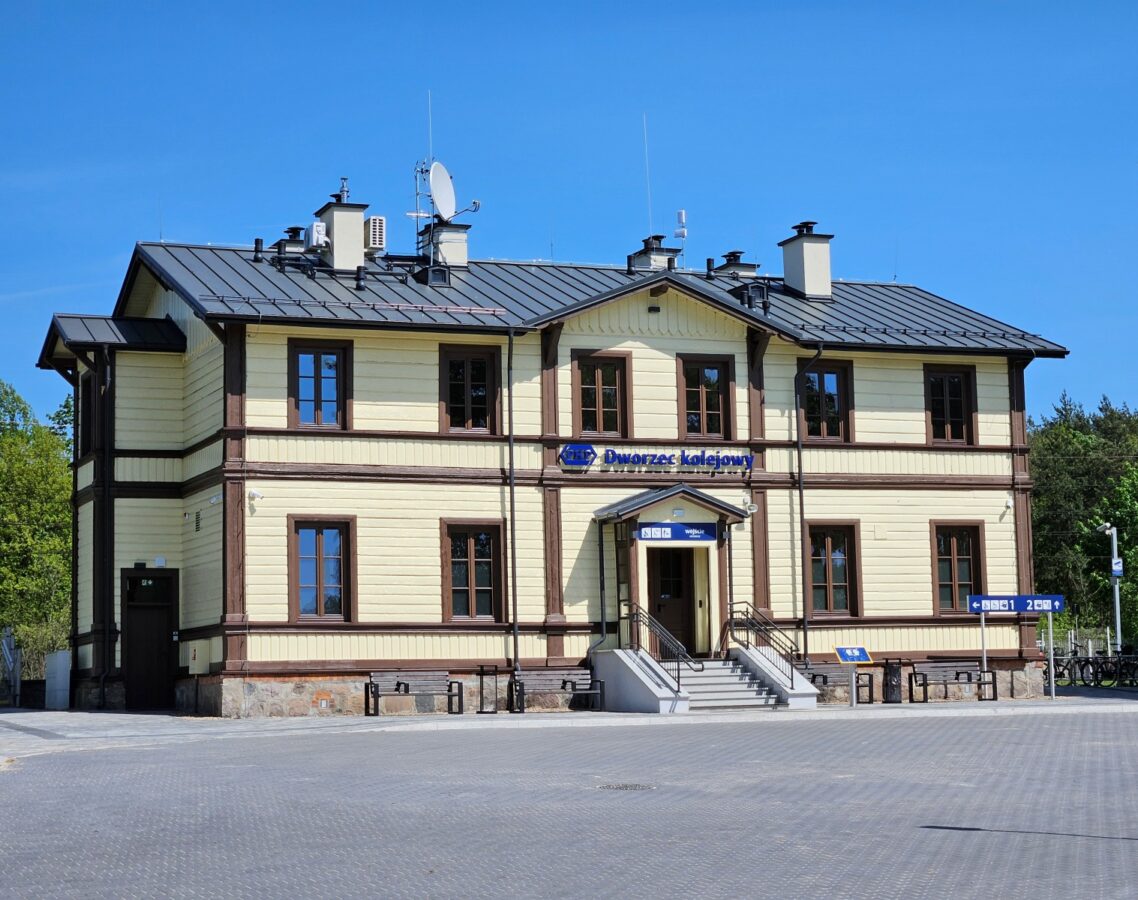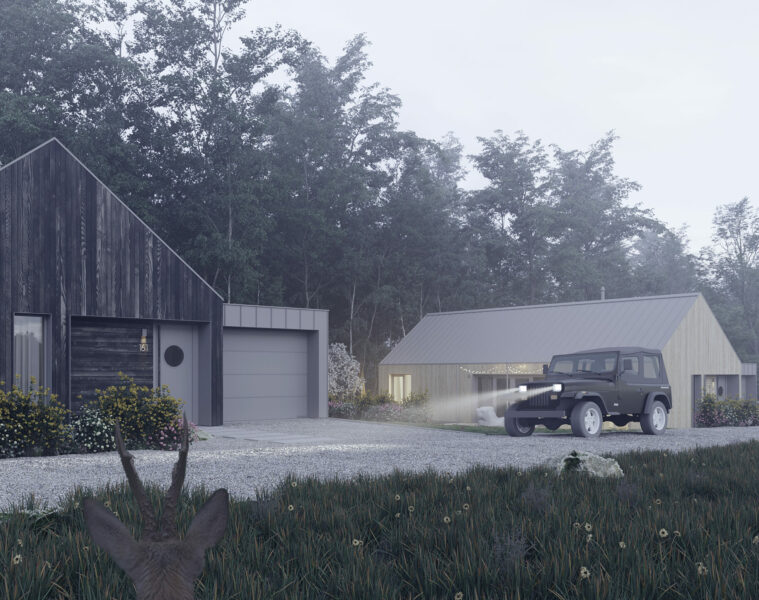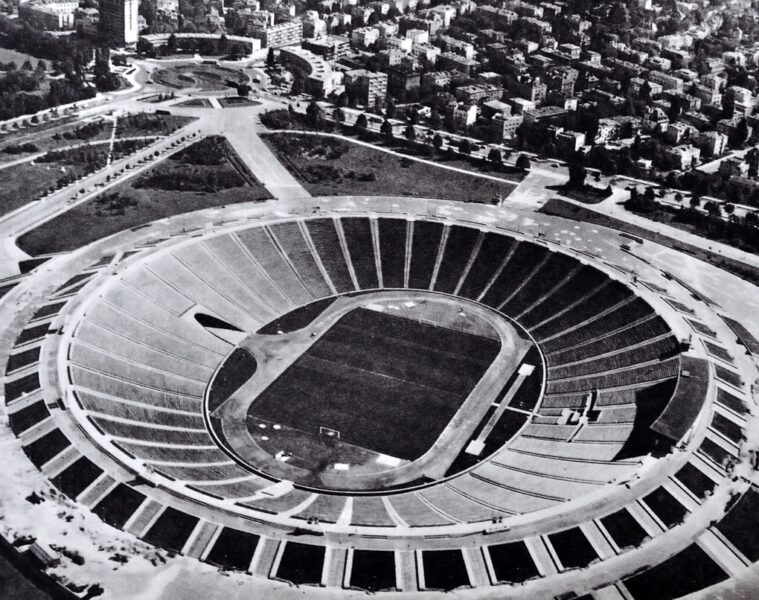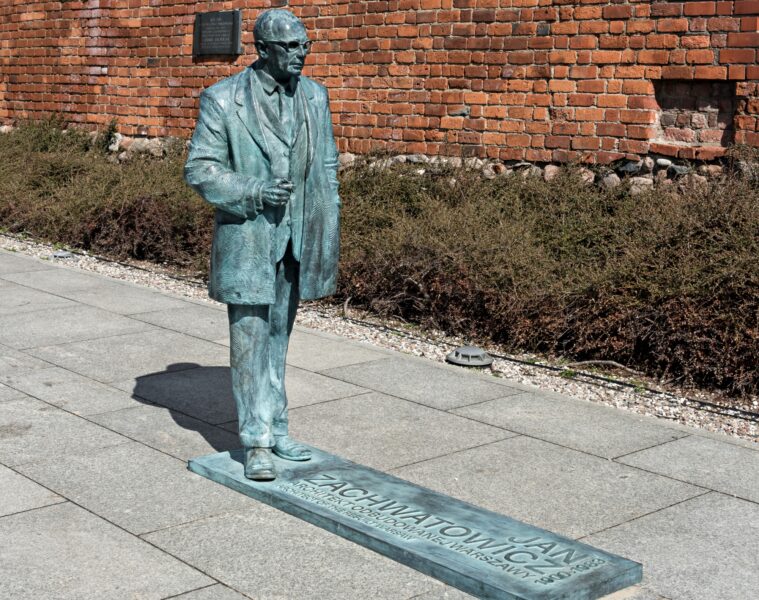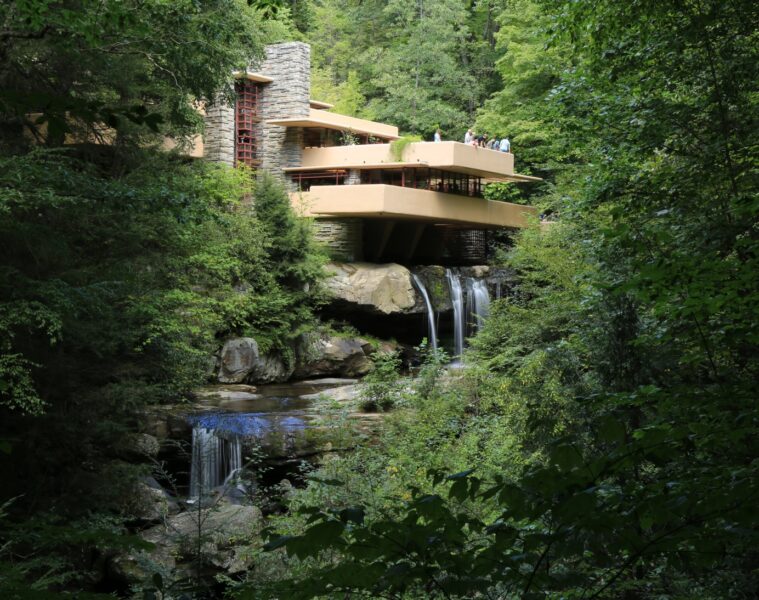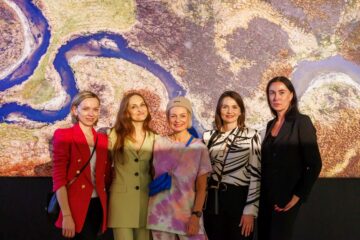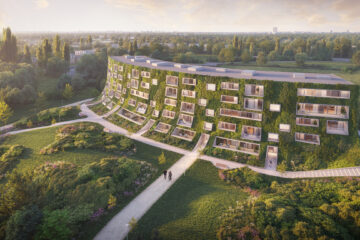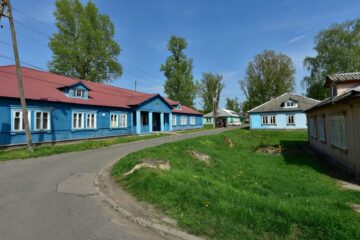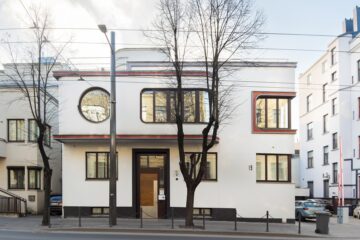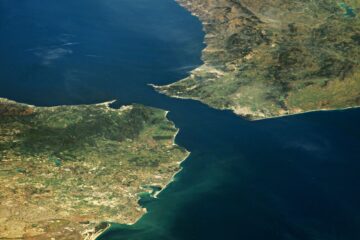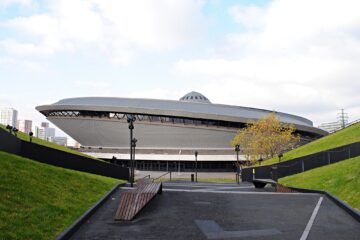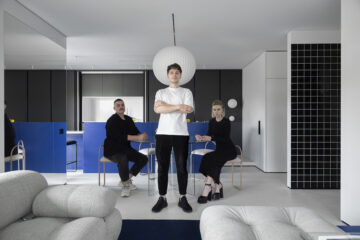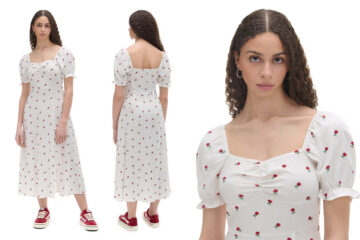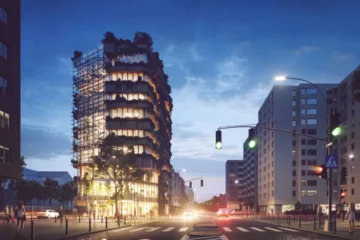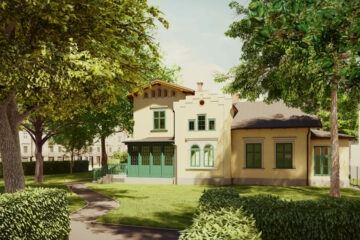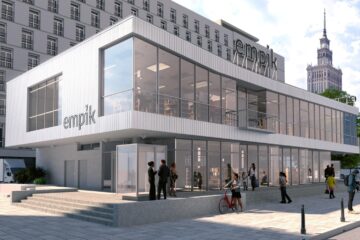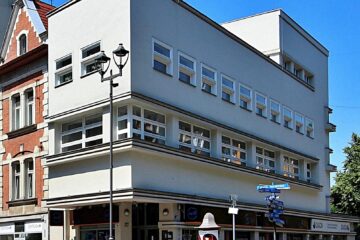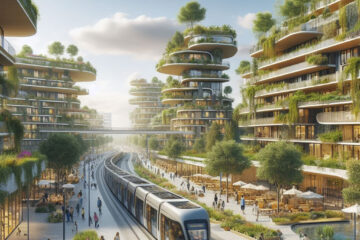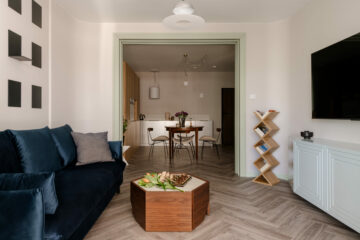In June 1962, the largest and most modern retail outlet at the time – Poland’s first self-service Supersam shop – was opened at 2 Puławska Street in Warsaw. The opening ceremony attracted crowds of the capital’s inhabitants and also attracted media attention
The Supersam building was one of the most outstanding achievements of modernism in Poland, and it is from this building that the name of similar retail outlets, characteristic particularly of the second half of the communist period, derives. Its construction was highly innovative, with a tensegrity roof suspended and held in place by girders and steel cables, designed by three architects: Jerzy Hryniewiecki, Maciej Krasiński, Ewa Krasińska and three constructors: Wacław Zalewski, Stanisław Kusia and Andrzej Żórawski
Years 1970-1980. Photo: Public domain
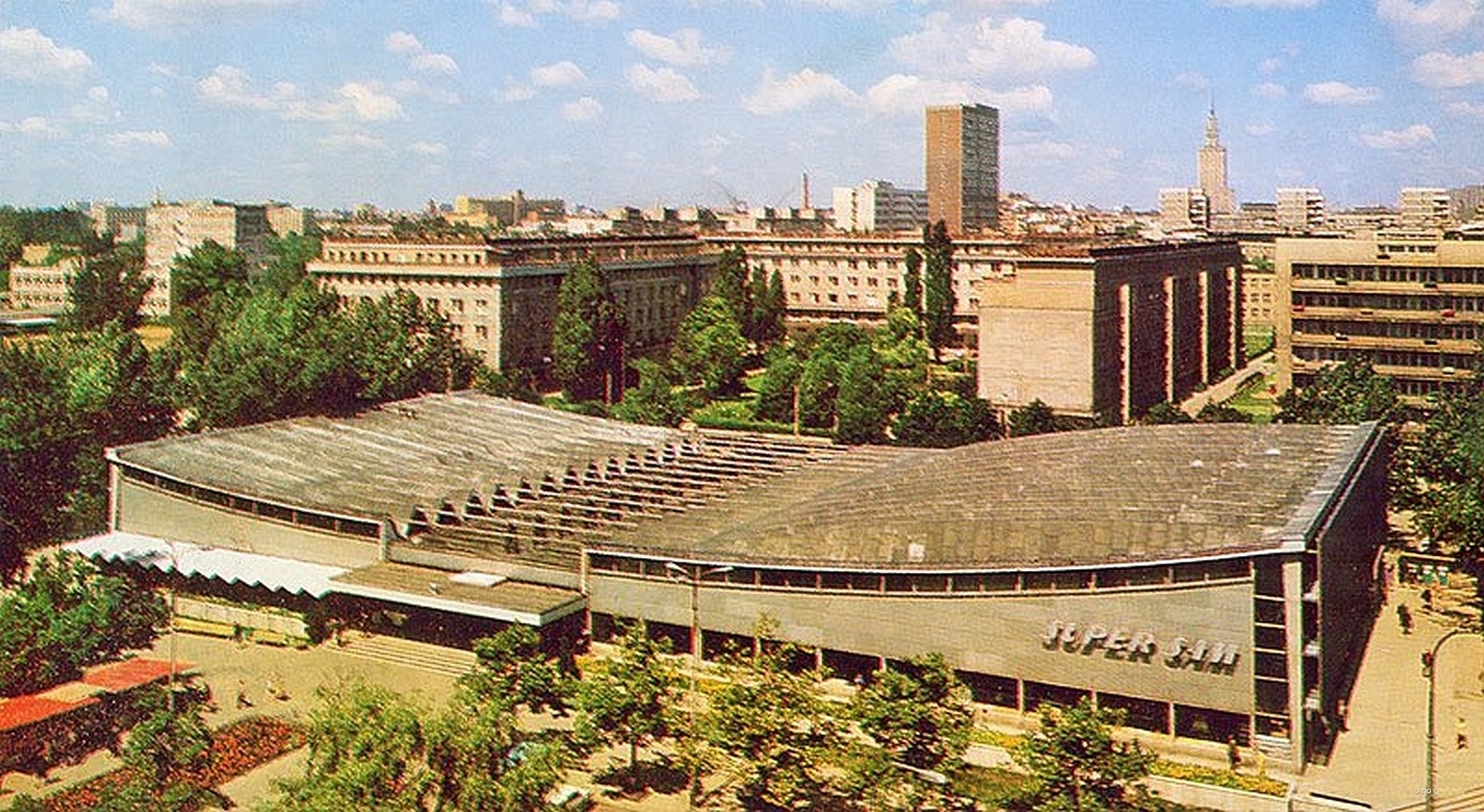
A single-space pavilion with a floor area of 6,000 m² housed Warsaw’s largest self-service grocery shop. It had its own bakery, delicatessen plant, meat cutting plant, coffee roasting plant and parcel plant. There was also a coffee bar and a self-service “Frykas” bar for about 170 people. In April 2006, the Supersam was closed after 44 years of operation. The reason for this was an expert report by the District Building Control Inspectorate, which concluded that the building’s roof structure was corroded and in danger of collapse. Despite a campaign to save the Supersam from demolition, as a valuable object of modernist architecture, the building was demolished in December of the same year
Supersam in the 1960s and the new Plac Unii building. Source: Collection – bonczek/hydroforgroup and whiteMAD/Mateusz Markowski
Between 2010 and 2013, an office building with a retail section was erected on the plot and named Plac Unii. Supersam returned to Puławska Street and found its seat in the basement of the new development, but six years later the Supersam Food Co-operative announced that it had ceased operations in the replacement location due to the shop’s unprofitability. Today, there is no trace of the cult symbol of luxury from the communist era
Source: supersam.nazwa.pl
Read also: Architektura | Modernizm | Sklep | Historia | Warszawa | Architektura PRL

